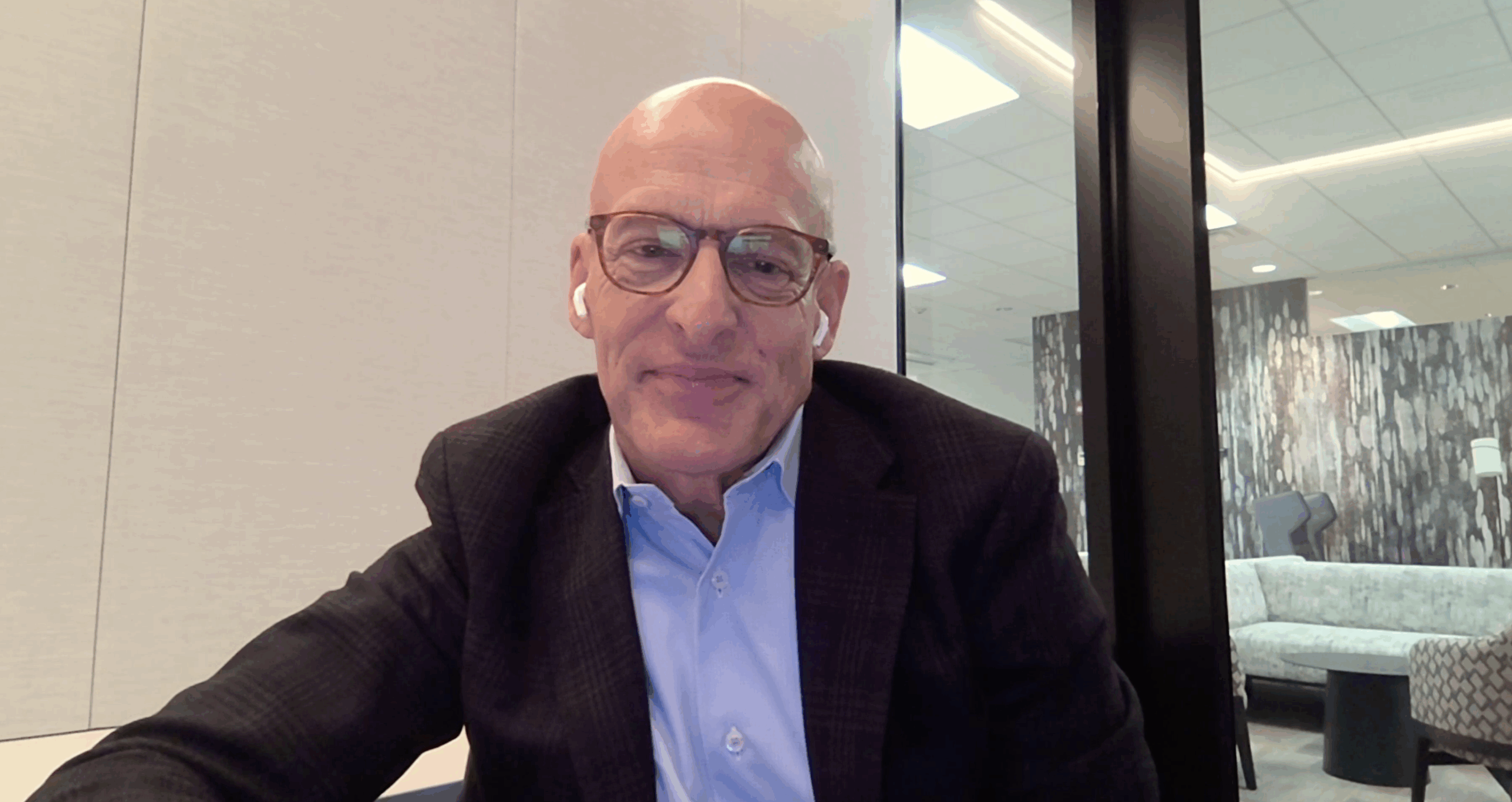Understanding and adapting to various cultural dimensions is crucial for effective leadership. My journey, spanning from archaeology to leading HR in global corporations, has taught me the importance of cultural sensitivity and adaptability. Each step on this path has reinforced a crucial lesson: to lead effectively, understanding the rich tapestry of human cultures is key.
Archaeology: A foundation for understanding
My professional journey started in an unusual place—archaeology. Here, I learned to interpret human history through the artifacts and remains left behind. This deep dive into the past provided me with a unique perspective on how deeply interconnected and varied our cultures are. When I transitioned to the corporate world, first with Gartner and later at Preqin, this background became incredibly relevant. It taught me that whether you’re examining ancient civilizations or modern business practices, understanding people’s cultural contexts is paramount.
Leadership in a pandemic: A cultural challenge
When the pandemic hit, the shift to virtual work environments was a seismic change, especially in how we understand each other culturally. Suddenly, the subtle cues gained from in-person interactions were lost. For example, in several Asian cultures, people are less likely to use video in virtual meetings—a stark contrast to Western norms. Adapting to these nuances was a steep learning curve but crucial for maintaining effective communication and leadership.
Navigating cultural dimensions with Hofstede
One of my go-to tools for navigating cultural differences is Geert Hofstede’s Cultural Dimensions Theory, which explores how societal values influence behavior. Understanding these dimensions—like whether a society values individual achievement or community and whether it prefers clear rules or comfort with ambiguity—helps tailor leadership approaches to different cultural settings. This theory meticulously outlines six key areas where cultures tend to differ, each of which significantly impacts leadership styles and business interactions worldwide:
- Power Distance: This dimension measures the extent to which less powerful members of organizations and institutions (like the family) accept and expect that power is distributed unequally. In high power distance cultures, there is a clear hierarchy and respect for authority, which often means leadership is more directive and autocratic. Conversely, in low power distance cultures, power is more democratically distributed, and employees expect to be consulted and involved in decision-making.
- Individualism vs. Collectivism: This dimension assesses whether people primarily consider themselves as individuals or as part of a group. In individualistic societies, there is an emphasis on personal achievement and individual rights; people are expected to stand up for themselves and their immediate family only. In contrast, collectivist societies value tight social frameworks, loyalty, and strong relationships where everyone takes responsibility for fellow members of their group.
- Uncertainty Avoidance: This measures the degree to which members of a culture feel threatened by ambiguous or unknown situations. Cultures with high uncertainty avoidance prefer structured circumstances and clear rules. They tend to be more resistant to change, which can affect how new processes or innovative ideas are implemented within an organization. Those with low uncertainty avoidance are more accepting of risk and more comfortable with change and innovation.
- Motivation towards Achievement and Success: This dimension looks at the distribution of emotional roles between the genders, which is also reflected in the values of achievement versus nurturing. Masculine cultures value competitiveness, assertiveness, material success, and achievements. Feminine cultures place more value on cooperation, modesty, caring for the weak, and quality of life. Leaders in masculine societies might focus on performance and competition, whereas in feminine societies, the focus might be on well-being and consensus.
- Long-Term vs. Short-Term Orientation: This dimension considers the extent to which a society maintains links with its own past while dealing with the challenges of the present and future. Cultures with a long-term orientation are pragmatic, modest, and more thrifty; they emphasize delayed gratification of their material, social, and emotional needs. Cultures with a short-term orientation generally look for quick results, value traditions and the current social hierarchy.
- Indulgence vs. Restraint: This dimension reflects the extent to which people try to control their desires and impulses, based on the way they were raised. Relatively indulgent societies permit relatively free gratification of basic and natural human drives related to enjoying life and having fun. Restrained societies have a tendency to control the gratification of needs and regulate it by means of strict social norms.
Understanding these dimensions has not only enhanced my ability to recognize the underlying currents in various cultures but has also allowed me to tailor my leadership approach to be more effective and culturally sensitive. For instance, in a high power distance culture, I might take a more hierarchical approach to decision-making, while in an individualistic culture, I might emphasize personal initiative and achievement. This adaptability ensures that leadership strategies are not only respectful but also resonate well with different cultural groups, leading to better team dynamics and business outcomes.
Practical steps to cultural immersion
I was very lucky, as I was able to visit countries to be immersed in their cultures. Doing so remotely takes more deliberate steps. For example, when you hear about a public holiday, research it. When you encounter something new, use it as an opportunity rather than a blind spot. Most importantly, find some common ground; a personal favorite of mine is food and drink. Not everyone drinks, but everyone must eat! When planning a trip to Dallas, I sought out the best BBQ and tacos. Everyone wanted me to try their favorite spot! During Diwali, I got some great food recommendations from my team, and in the UK shared a vast traditional Indian feast with family for the festival of light. Learning how other cultures make connections, welcome guests, and gift-giving etiquette can allow you to find your own personal connection.
So how to do it, in summary:
- Find common ground and an area to connect on.
- Be curious, ask questions then go away and read up.
- Listen to how they respond.
- Accept that even the most experienced and seasoned cultural navigator will occasionally misstep. Seek feedback if something doesn’t land and learn from it.
Tailoring strategies across borders
Throughout my career, I’ve used these insights to adapt everything from training programs to performance evaluations to better fit the cultural contexts I’m working in. For instance, in Japan, where there’s a high need for certainty, I’ve designed more structured and detailed training programs. In contrast, in the U.S., where there’s a greater acceptance of ambiguity, a more flexible approach often works better.
Why cultural fluency matters for business
Investing in understanding and respecting cultural differences doesn’t just make moral sense—it’s also good business. Teams that feel understood and respected are more productive and innovative. They’re also happier, which boosts retention and attracts top talent. Ultimately, businesses that embrace cultural fluency position themselves better in the global market.
A parting thought
The more the world interconnects, the more leaders need to be fluent in the language of cultures. My journey from archaeology to global HR has shown me that this isn’t just an academic exercise—it’s a practical, everyday tool that enhances how we connect, lead, and succeed. Thank you for joining me in exploring how deep cultural understanding can shape not just businesses, but also the global community.




